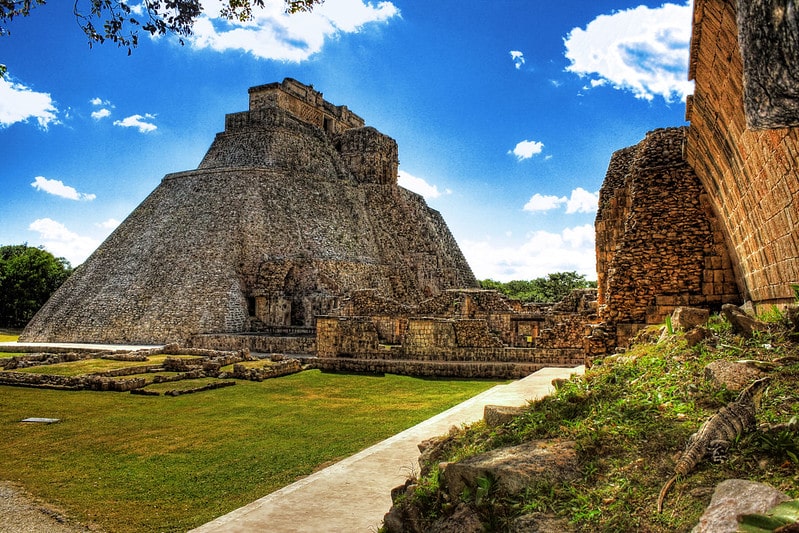The Puuc Region: A Mayan treasure lives on

Mayan communities, archaeological sites, caves and a great diversity of flora and fauna unfold in this biocultural reserve founded in 2011. It includes the municipalities of Muna, Oxkutzcab, Santa Elena, Tekax and Ticul. They together cover 330 thousand acres. Its mission ies to guarantee and promote the responsible use of the environment. Here are some tips on The Puuc Region.
What to expect
The Puuc region is characterized by a physiography of very high terrain and the most contrasting topography in the state. This is home to 104 families and 603 species of flora. The region’s fauna includes 14 species of amphibians and 52 species of reptiles. Also, 247 species of birds, 63 species of mammals, and five of Mexico’s six feline species, including the jaguar.
Great diversity
The Puuc Region combines the quality of its natural resources, its biodiversity, its history and origin, its architectural heritage, its vocation and productive agricultural and livestock capacity, being a recharge zone for the peninsula’s aquifers, in addition to its biocultural richness, it has a great capacity and potential for the production of environmental services.
The Puuc Region: what to do
Those interested in exploring this portion of Mayan territory will find trails for hiking through the jungle, bird watching, living with Mayan communities and their archaeological legacy. In the heart of this reserve there are cabins available for visitors and researchers.
Basically the archaeological zones that make up this route are Xlapak, Sayil, Labná, Kabah and Uxmal, the jewel of the Puuc. Oxkintok and Acanceh are also part of this Puuc Route, although they are somewhat further away.
All of them were linked by sacbé (white road in Yucatec Maya), facilitating communication and trade between the different cities. The network of roads throughout the Maya territory is impressive.
What is the puuc style
All these ancient cities share a common architecture, the puuc style. For many, it is the most exquisite, elaborated and cared for among all the Mayan styles.
Other Mayan architectural styles, marked according to time and territory, are the Bec River, Southeastern, Central Petén, Usumacinta, chenes, eastern coast.
